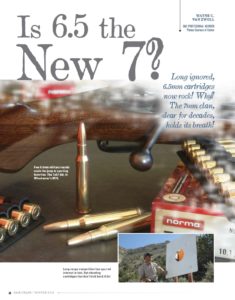Editor’s Note:
Long ignored, 6.5mm cartridges now rock! Why? The 7mm clan, dear for decades, holds its breath!
Wet snow followed sleet. Wyoming wind hammered the cold through my soaked wool. I wiped the slop off my carbine. Mike’s teeth were chattering, too. He was thinking: “Iron sights. What nonsense. We could have been finished….”
Then a buck parted the sagging sage. He wasn’t close enough for my carbine; in a crouch, I raced ahead. Ninety yards. Eighty. My boots squished. The buck’s head swiveled. I pulled up and fired. He fell.

European smokeless cartridges are labeled by bullet diameter and case length in millimeters. The 6.5×55 has a 6.5mm (.264) bullet in a 55mm hull. Developed by Sweden and Norway in 1894, it was one of the first smokeless rounds for military rifles and defended Scandinavia for most of a century. Popular among moose hunters there, it has also excelled in 300-meter competition.
North American ammo companies ignored the 6.5×55 until 1991, albeit hunters bought up surplus 1894 and 1896 Swedish Mausers at fire-sale prices. The carbine I’d carried in Wyoming followed a Howa in 6.5×55. I took that rifle elk hunting. When a bull crashed away in a ‘pole patch, then paused, I found an alley. My bullet quartered to the off-shoulder. He ran. I dashed after him. My second shot broke his neck.
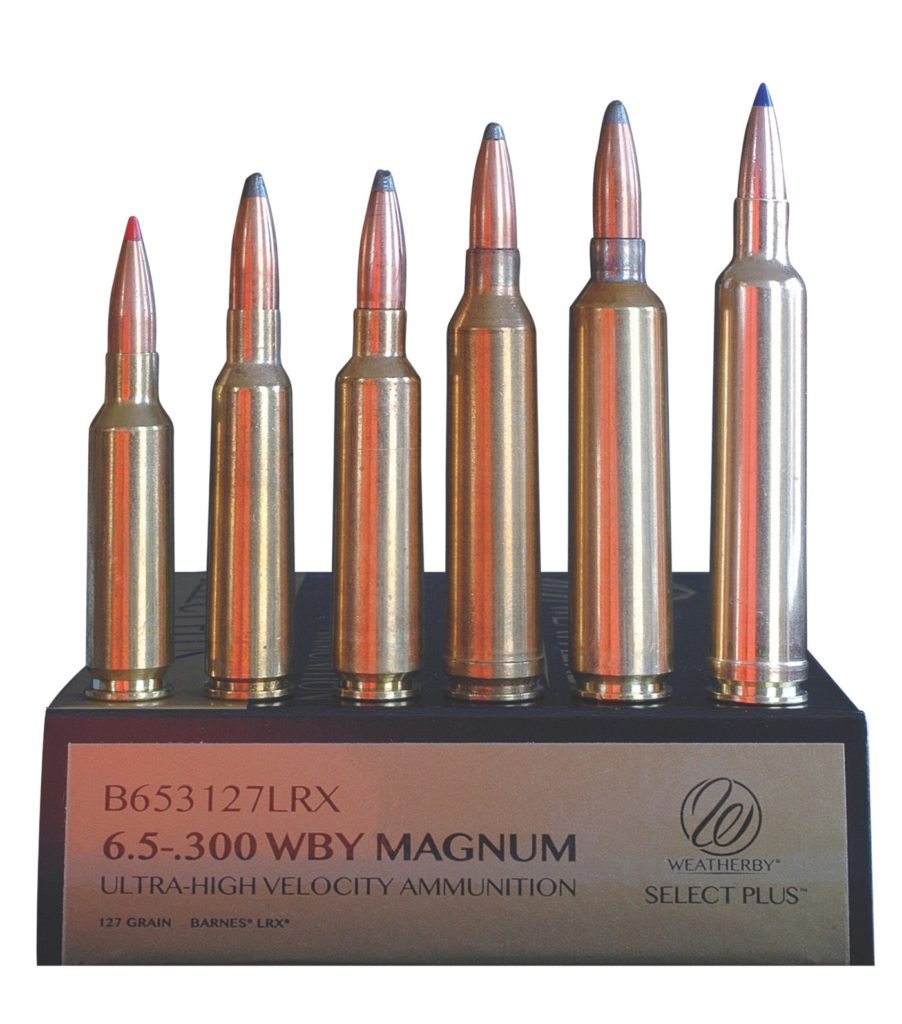
First firing 156-grain bullets at 2,378 fps (29-inch barrel), the Swede joined its contemporaries in a switch to lighter, pointed missiles. A 139-grain spitzer clocked 2,625 fps at a mild 45,000 psi. In strong, modern rifles, you can safely open the throttle and gain 100 fps.
Early on, the Swede had stiff competition from the 6.5×54 Mannlicher-Schoenauer. Developed in 1900 for the 1903 Greek Mannlicher infantry rifle, it sent a 160-grain bullet at 2,223 fps. As Mannlicher-Schoenauer sporting rifles were trim and light, and fed silkily, many hunters came to favor them and their namesake 6.5. Charles Sheldon used his for brown bears and moose as well as Alaska’s sheep. Its military career (which ended in 1941) never blessed the 6.5×54 with a fast light-bullet load; but the high sectional density of its 160-grain roundnose made it lethal on Africa’s big game. Ivory hunters drove solids through elephant skulls. A record unmatched is that of a Uganda ranger named Banks, who reportedly killed three elephants with a single 6.5×54 bullet. It struck one, which fell into the others. All plunged off a precipice! Kenyan Warden Blaney Percival did most of his hunting with a 6.5×54—though his rifle twice failed after he’d shot lions. Prying the stuck case free with a knife saved him the first time. The second jam occurred as a lion charged—and dashed past Percival to overtake his gun-bearer. Luck was with the boy, as the cat died atop him before inflicting fatal wounds.
Between 1890 and the Great War, several countries equipped their armies with 6.5mm cartridges. Holland and Romania chose the 6.5x53R, a rimmed 6.5×54. Italy and Portugal adopted 6.5×52 and 6.5×58 rimless cartridges. Japan developed the 6.5×50 Arisaka for its Model 38 rifle. Germany, however, hung its fortunes on the 8×57. The U.S. committed to 30-caliber loads in the .30-40 Krag, then the .30-06.
On the commercial front, New Yorker Charles Newton, who’d abandoned a law career to design rifles and cartridges, fashioned a 6.5mm hunting round. His .256 Newton (.264 bore) on a shortened .30-06 case kicked 129-grain bullets at 2,760 fps. A veritable rocket in 1913, it can add 150 fps with modern powders. Rifle-maker Buzz Fletcher once loaned me a lovely Mauser he’d barreled to .256 Newton. My handloads would have given the .270 a fright at long range.
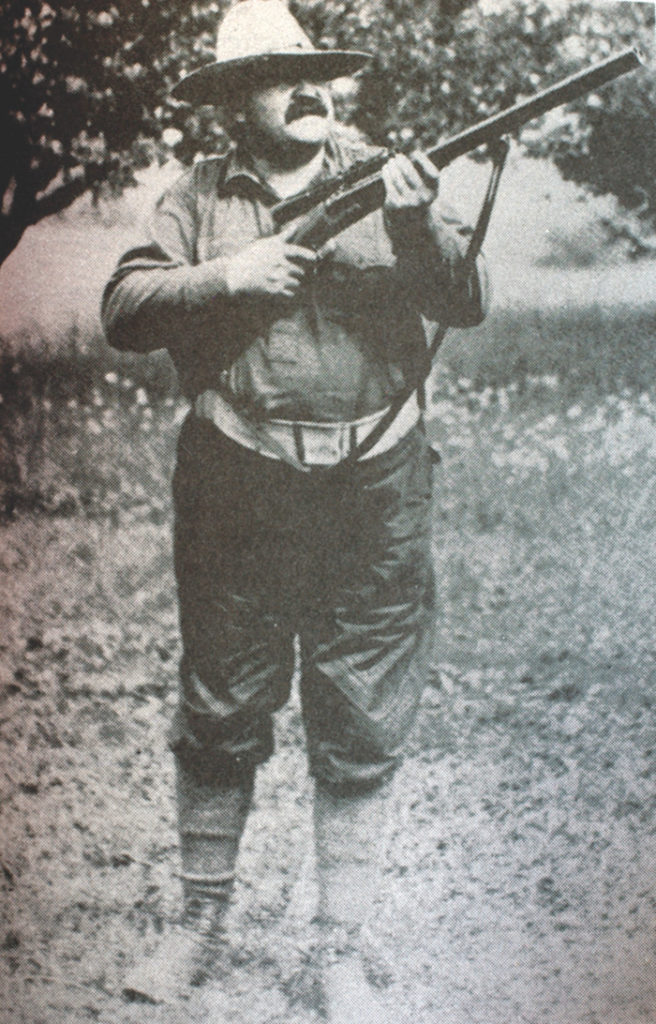
Sages warming their backsides around campfires in hunting camps have speculated that riflemen shunned 6.5s and 8mms after WW II because Axis powers had used them. Perhaps. While Springfields were less often re-barreled than were Mausers, the availability of hunting loads surely favored the .30-06.
Meanwhile, the 7×57 was earning acclaim as a big game round. Its 1892 debut was followed the next year by adoption in the 1893 Spanish Mauser. The 173-grain bullet at 2,296 fps gained traction in Europe’s military circles, then in South America. The Spanish-American War raised its profile. On San Juan Hill, 700 Spaniards firing ‘93 Mausers left a force of 15,000 Americans with 1,400 casualties. Ivory hunter W.D.M. Bell would brain-shoot elephants with his 7×57. Jack O’Connor wrote up the cartridge as perfect for mountain sheep. To legions who would never hunt elephants or sheep, these exploits gave the 7×57 enduring charisma.
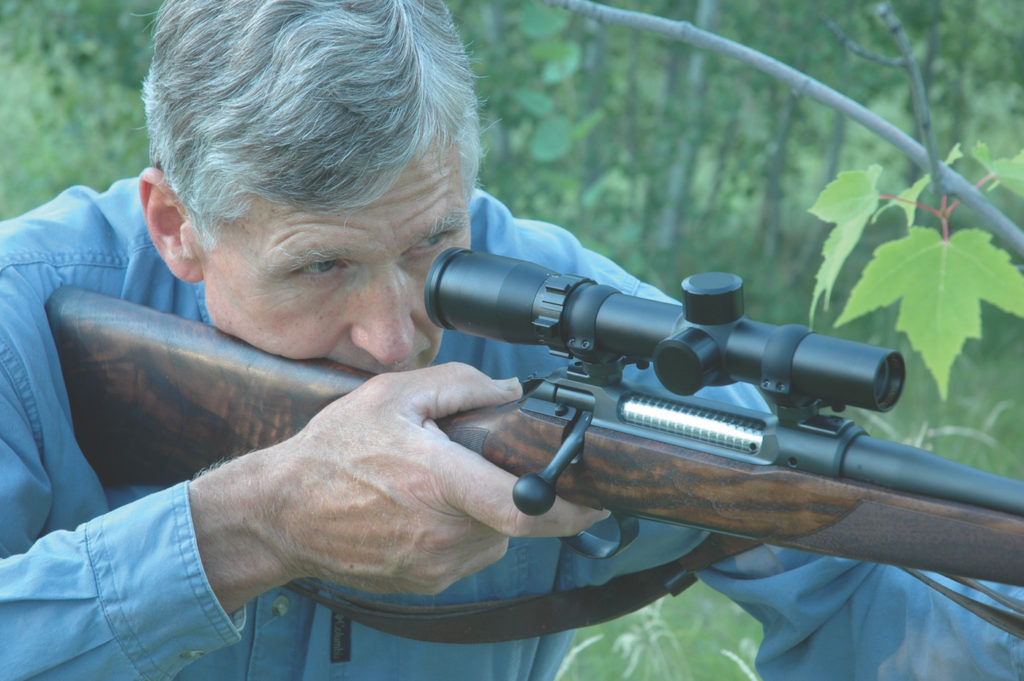
Not that the 7mm bore (.284) could challenge the .30 (.308) stateside. In my youth even the .270 Winchester (.277) sold better than all 7s combined! Germany’s 7×64 Brenneke was unknown, though it dates to 1917 and all but duplicates, ballistically, the .280 Remington that came 40 years later! The 7×61 Sharpe & Hart and belted 7×61 S&H Super were developed in the U.S. Beginning in 1953, Norma loaded them for 50 years, though Schultz & Larsen built the only rifle of note in 7×61. Roy Weatherby’s 7mm Magnum predated the S&H by a decade; it was offered only in Weatherby rifles. The Canadian .280 Ross also lacked a practical rifle. Steep case taper and the shaky reputation of the Ross action doomed it.
Still, the post-war boom prospered 7mm wildcats. Field & Stream Shooting Editor Warren Page puffed his 7mm Mashburn Magnum. Short and long variants of this and other rounds with steep shoulders on the .300 H&H hull dominated. In 1962 the 7mm Remington Magnum broke free of the crowd. Billed as a deer/elk cartridge with the flat arc of a .30 magnum but less recoil, it pushed 150-grain bullets over 3,200 fps, from a brand-new Model 700 rifle at $114.95. Waving C-notes, hunters galloped to gun-shops.
Remington’s belted 7mm was nearly identical to the .264 Winchester Magnum, introduced three years earlier. The 2.5-inch case with 25-degree shoulder was the same. The difference: .020-inch bullet diameter and Winchester’s marketing. Instead of giving it elk-rifle credentials, New Haven hawked the .264 as a deer/varmint round. While a 100-grain bullet at 3,700 fps is indeed fast, it’s no more effective on Br’er Fox than a .243 spitting an 80-grain bullet at 3,500 fps with less blast and recoil. From a 26-inch barrel, the .264’s 140-grain bullet at the claimed 3,200 fps has great reach and power, but in the ‘50s, big-game bullet options for fast-stepping 6.5s were as few as the cartridges.
Not even Doug Burris could turn the fortunes of the .264. One fall day in 1972, the Texas hunter eased through oak brush in Dolores County, Colorado, toward a trio of mule deer bucks he’d spotted from afar. Closing, Doug bumped a bedded doe. Her exit put the bucks to flight. Burris got off one quick shot with his .264, and the biggest deer nosed to earth. Its antlers would score over 225, a new World’s Record! It also won Boone and Crockett’s coveted Sagamore Hill Award.
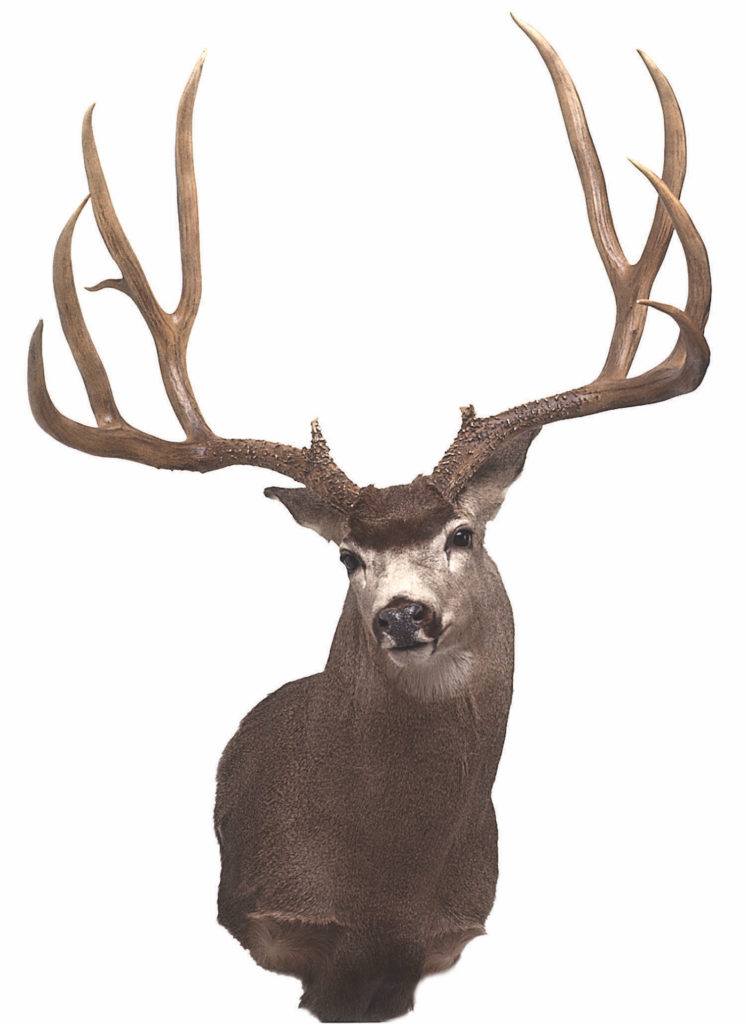
But more hunters were taking up Remington’s 7mm Magnum. Winchester put another nail in the .264’s coffin when listed velocities later dropped to 3,030 fps for the 140-grain Power Point.
Remington fared no better selling its 6.5mm magnum. The 6.5mm Remington Magnum appeared (with a .350) in the Models 600 and 660 carbines, produced 1965 to 1971. Its 2.15-inch hull fit the stubby actions. Ballistically, the 6.5 Remington Magnum matches the .270. Few hunters traded off their .270s.
The modest success of the .260 Remington after its 2002 start is partly due to the 7mm-08, which preceded it by a decade. I’ve used both these necked-down .308 cartridges on game as big as elk. There’s little practical difference. Once, after elbowing through snow to a canyon rim across from a herd of elk, I fired, prone, from 270 yards. At my .260’s snap, the cow raced off, then tumbled dead in a powder cloud.
I had more immediate results later with a 6.5/284. This elk was crossing a stringer meadow on a slope 300 yards below. With no practical approach, I steadied the E.R. Shaw rifle against a rock and sent a Nosler Partition through both lungs. The bull flipped on his back, all four feet swinging above the brush as he rolled twice and lay still. Long-range target shooting brought the 6.5/284 from wildcat obscurity to hunters’ attention. In case capacity and ballistically, it’s essentially a 6.5/06.
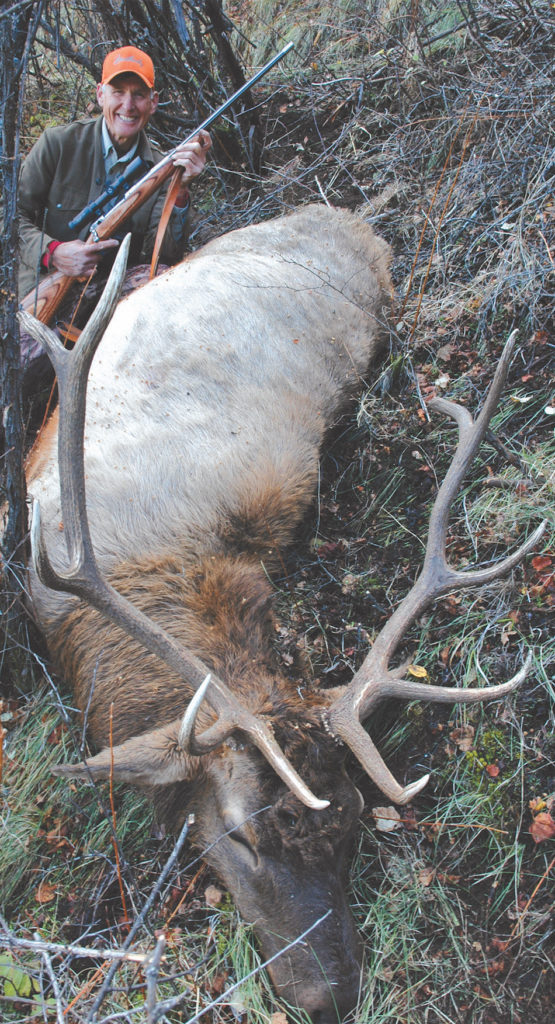
John Lazzeroni trumped other 6.5s with his enormous 6.71 Blackbird (2.80-inch case .580 at the base). Capacity of his short 6.71 Phantom (same hull, trimmed) almost matches that of Winchester’s .264.
If Europe has a counterpart to these rockets, it’s the 6.5×68, introduced by RWS around 1939. A necked-down 8×68, it boots 123-grain bullets at 3,450 fps. The only animal I’ve shot with a 6.5×68 was a Spanish ibex, which, at 200 yards, dropped as though struck by lightning.
The last two decades have ushered in many short-action cartridges, including 6.5s for bolt rifles and AR-15s. In 2002 the 6.5 Grendel arrived, courtesy Bill Alexander and Arne Brennan. Offspring of the PPC Benchrest, it has a 1.52-inch hull. Les Baer’s .264 LBC AR is about the same. Both hurl 129-grain bullets at 2,500 fps—accurately. Brennan fired a 1.2-inch knot at 600 meters with the Grendel!
Among the most useful 6.5s, and increasingly popular in hunting circles, is the 6.5 Creedmoor. Its development at Hornady by senior engineer Dave Emary drew ideas from other accomplished shooters. Announced in 2009, the cartridge bears the name of the New York range on Creed’s Farm that as early as the 1870s hosted long-range matches. Emary used the.30 T/C hull to keep the shoulder back far enough to ensure seating of long bullets in short actions. Powder resulting from Hornady’s Superformance project added speed, efficiency. Beyond 400 yards, the 6.5 Creedmoor overtakes the .270! Todd Seyfert and crew at Magnum Research built a 6.5 Creedmoor for me. Its Remington 700 action wears a carbon-fiber barrel with a stainless Kreiger core. A GreyBull/Leupold 4.5-14X tracks the arc of a 129-grain SST at 2,950 fps.

“Dial to the yardage and hold center,” said GreyBull’s Don Ward. On steel plates, then a coyote and a distant elk, the bullets hit where I looked. In a hill-top gale in South Africa, a T/C chambered to 6.5 Creedmoor netted me a vaal rhebok at 250 yards. Even with Hornady’s wind-slippery SST, I held nearly a foot to 3 o’clock—well off the small antelope’s chest. Hornady has since announced a 143-grain ELD-X bullet that will make this and other 6.5s even more deadly at distance.
A couple of big 6.5s have popped up recently to serve riflemen bent on spanning townships with bullets. Early in 2014 Nosler trotted out its .26 on the .404 Jeffery case, a 1910-era cartridge whose rim fits bolts sized for the .532 rims of belted rounds. Ahead of the extractor groove, belt-free design yields a larger body, greater case capacity. Nosler’s .26 spews factory-loaded 129-grain AccuBond Long Range bullets at 3,400 fps, 140-grain Partitions at 3,300. Handloading Nosler brass with H1000 and RL-25 and 129-grain AccuBond LRs, I beat listed speeds with .8-minute accuracy from Nosler’s Model 48 rifle.
Certainly the 6.5-300 Weatherby Magnum was on the drawing board before Nosler announced its .26. Actually, 6.5s on blown-out .300 H&H Magnum brass date to a wildcat developed by Paul Wright of Silver City, New Mexico, for 1,000-yard competition more than 50 years ago. P.O. Ackley wrote of the 6.5/300 Weatherby-Wright Magnum achieving 3,400 fps with Hodgdon 202 and 870 powders. Riflemen with memories as long as mine may recall the 6.5-300 Wright-Hoyer. Same cartridge. Alex Hoyer ran a gun shop in Mifflintown, Pennsylvania, where he built rifles for Wright’s round.
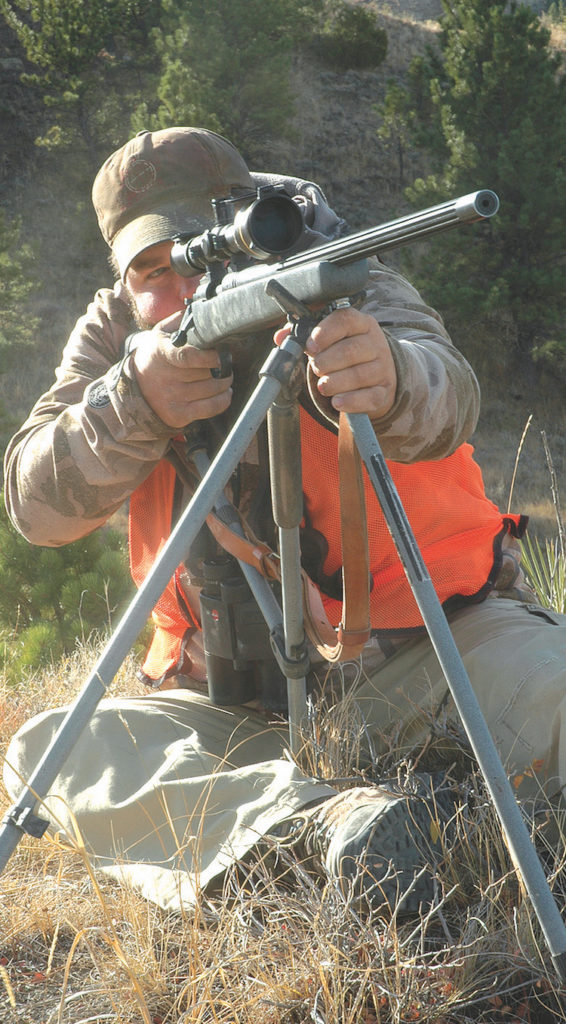
Ed Weatherby and son Adam (now Weatherby Executive VP and COO), welcomed me at the 6.5-300’s debut to Paso Robles, with more news. “For 2016,” said Adam, “all Mark Vs have been upgraded.” Their Criterion barrels are lapped. Walnut and hand-laminated synthetic stocks have slimmed down. An LXX trigger adjusts to 2.5 pounds. “We guarantee sub-minute accuracy from every rifle.”
I watched a Mark V in 6.5-300 being built—and even participated. I destroyed no CNC machines, set off no ceiling sprinklers, and caused no injury requiring hospitalization. The Weatherby crew sent me off with a charitable “well done.”
The 6.5-300 Weatherby is the Usain Bolt of .264-bores. With 127-grain Barnes LRXs, loaded in Paso Robles (not, as most Weatherby Magnums, by Norma), clock 3,537 fps from my rifle. At 500 yards they match the muzzle speed of the 156-grain load in a 6.5×55! Zero a 6.5-300 Mark V at 200 yards, and you’ll hit within 2½ vertical inches of center to 305. The 127 LRX carries more than 1,000 foot-pounds nearly 900 yards! Swift’s 130-grain Sciroccos and 140 A-Frames (3,476 and 3,395 fps) are factory-loaded too.
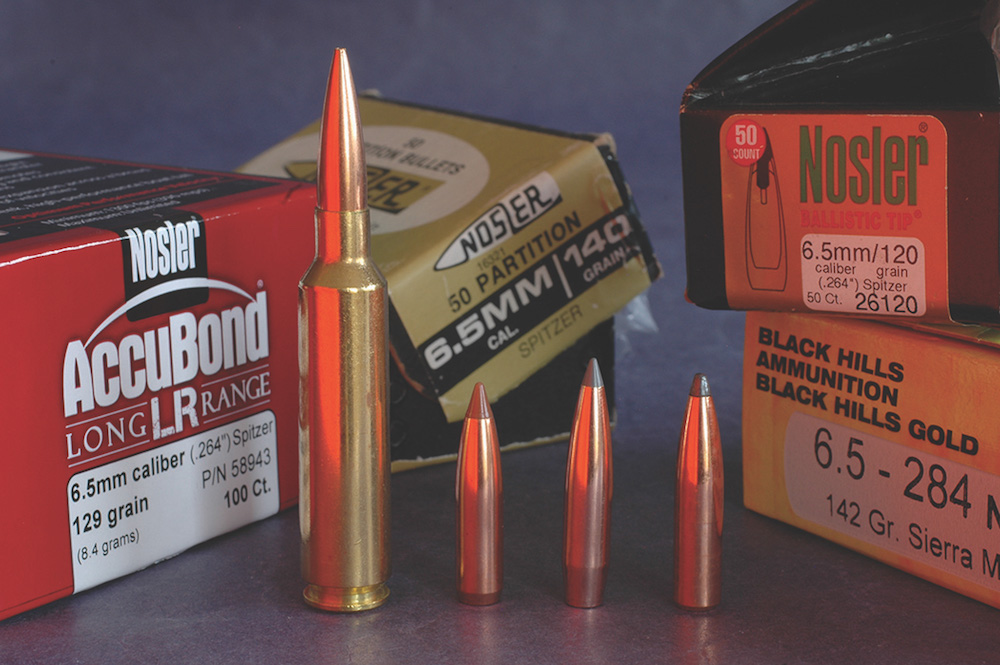
When the .264 Winchester Magnum appeared, critics labeled it a barrel-burner. High pressure and velocity do accelerate throat erosion. But hotrods like the Nosler .26 and Weatherby’s 6.5-300 Magnum are properly used on hunts, which require little shooting. They’re spared the high-volume cartridge counts and sometimes-egg-cooking barrel temps endured by, say, the 6.5×55 and 6.5/284 in competition.
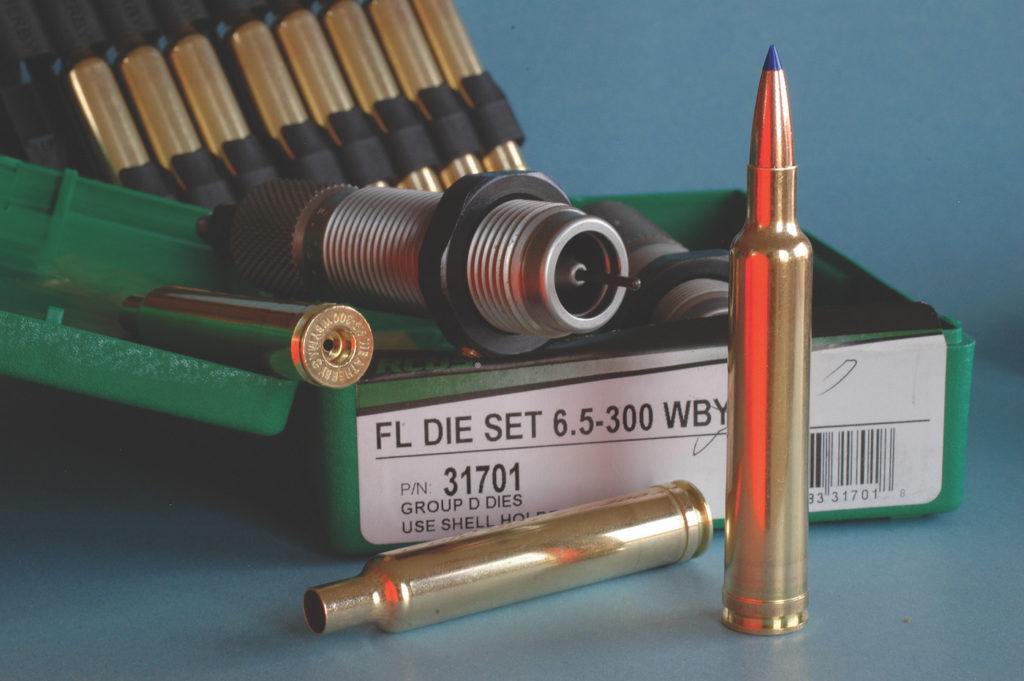
Has the stampede of 6.5s cooled our affection for the 7×57 and 7mm-08, the .280 Remington and .280 Ackley, the 7mm Remington and Weatherby Magnums and other quick 7s? Probably not. Six-fives add cartridge options for hunters who say there aren’t enough—and for those who insist even superfluous new rifles need love.
